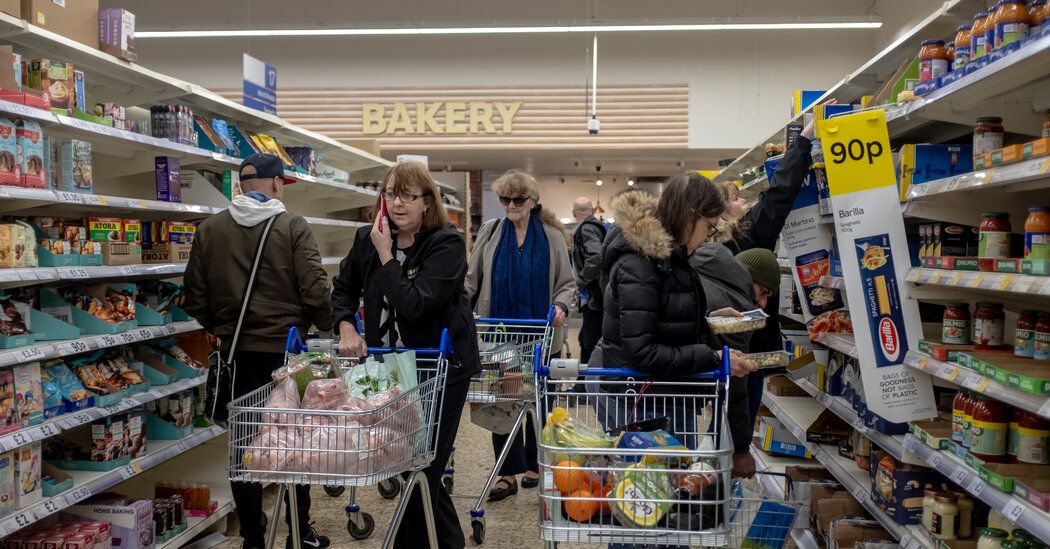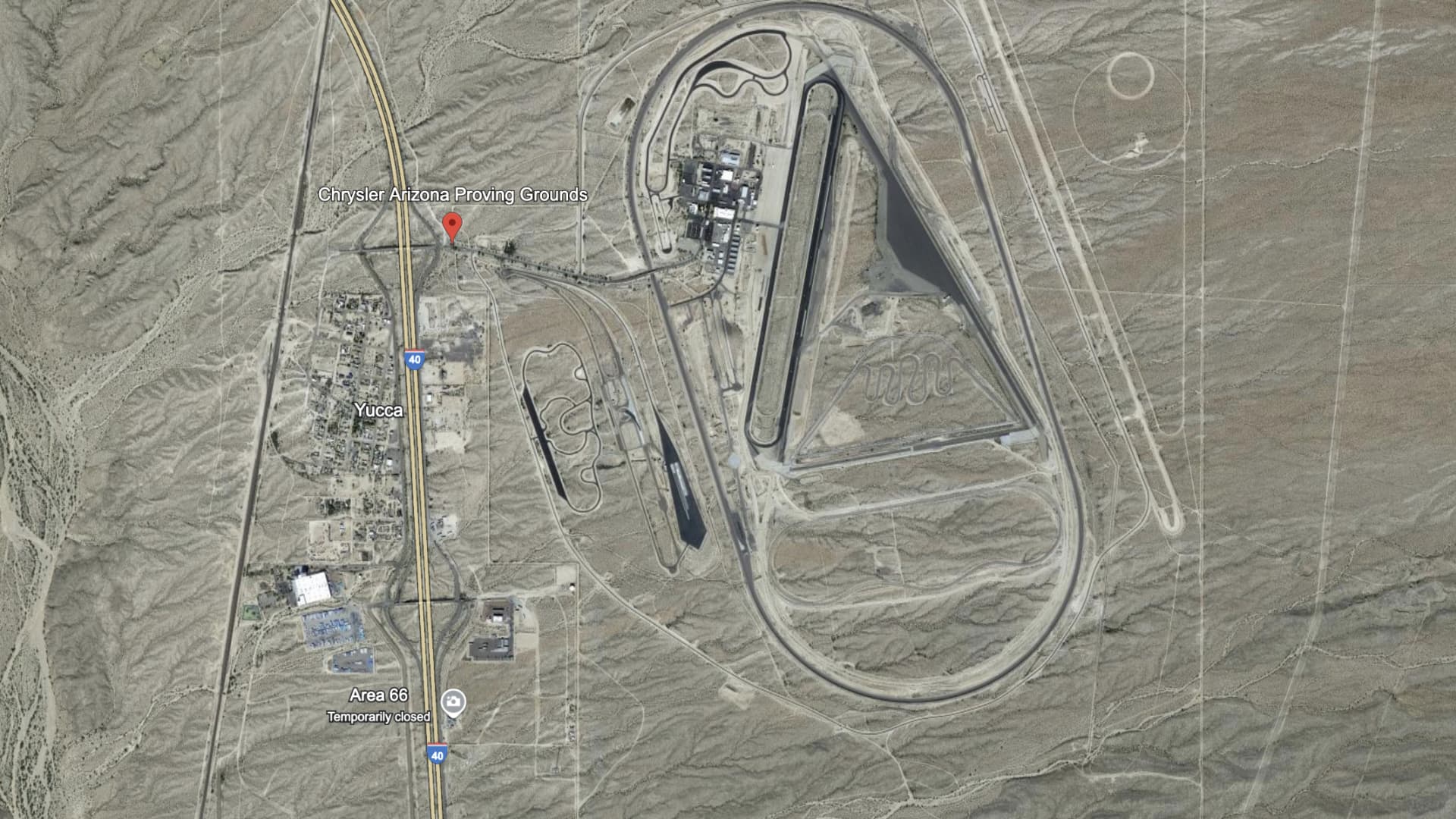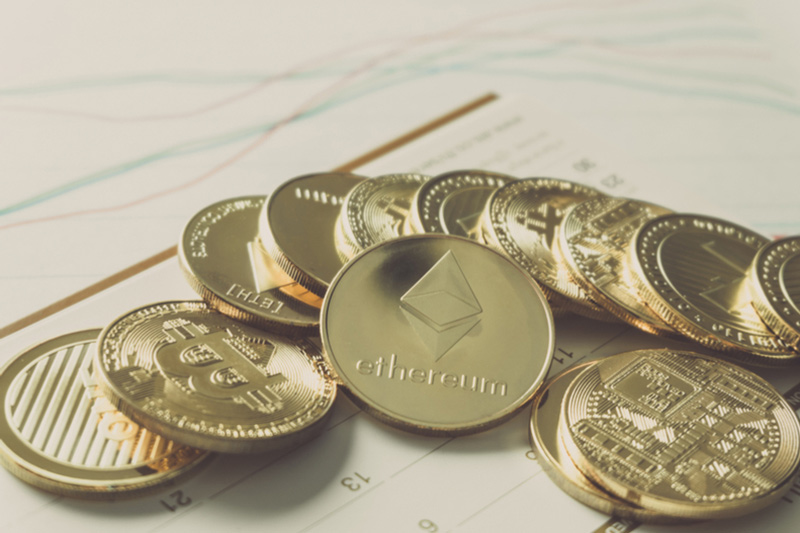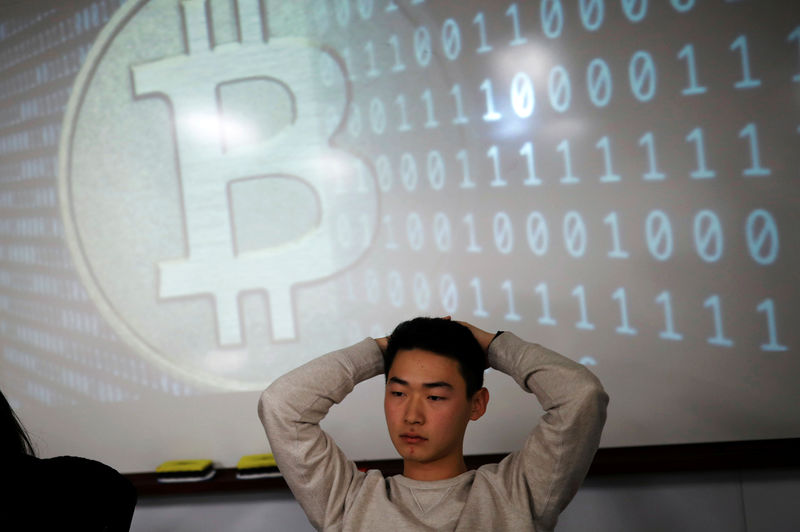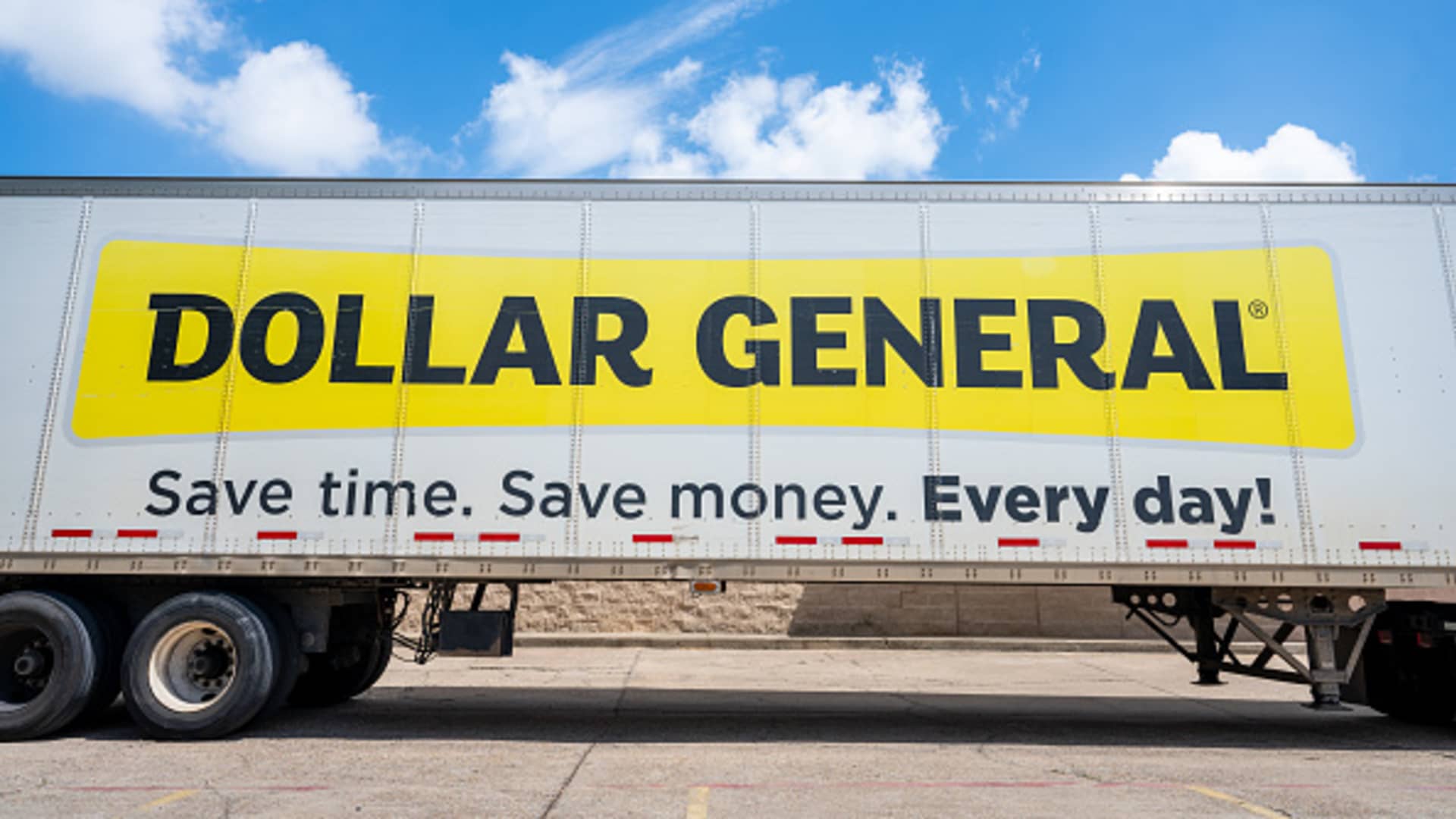Why it matters: Rishi Sunak delivered on his inflation promise.
About a year ago, with inflation above 10 per cent, Prime Minister Rishi Sunak made several promises to the British public about the economy, migration and the health service. Wednesday's data confirms that he delivered on one of them: cutting Britain's inflation rate in half. It is a much-needed victory for the government as it begins an election year in which Sunak's political party is trailing in the polls.
But while households may be relieved that prices are not rising as quickly, the cumulative impact of high inflation is still being felt. For example, prices of food and non-alcoholic beverages have increased by 26 percent in the last two years.
The magic number: When will Britain hit 2% inflation?
Sunak's goal was to halve the inflation rate, but the Bank of England, which is responsible for controlling inflation, has a mandate to reduce it to 2 percent and has aggressively raised interest rates to achieve this.
The situation now seems to be changing quite rapidly. Inflation could fall to 2 percent as soon as spring, around April or May, according to economists at Goldman Sachs, ING, Oxford Economics and elsewhere. That would bring the target about a year and a half sooner than the Bank of England recently forecast.
But it matters if inflation stays at 2 percent. And there, the data is less certain, according to Michael Saunders of Oxford Economics and a former Bank of England rate setter.
The drop in headline inflation reflects a decline in global goods and energy prices, “rather than a significant slowdown in underlying domestic inflationary pressures,” Saunders wrote in a note this week. Wage growth and price pressures in services will take time to recede and are likely to remain above levels consistent with 2 percent inflation, he added.
Annual wage growth was 6.6 percent from September to November, data released Tuesday showed. Services inflation was 6.4 percent, slightly higher than in November. Core inflation, which excludes food and energy prices, was 5.1 percent, the same as the previous month.
Future risks: Disruptions in shipping could drive price increases.
There is some concern that inflation's downward momentum could stall as the conflict in the Middle East raises the cost of energy and consumer goods due to the disruption of shipping in the Red Sea. As ships make the long journey around Africa's southern coast, the cost of shipping has increased, and those increases could trickle down to consumers.
Last week, the boss of Tesco, Britain's biggest grocery retailer, warned that prices on some items could rise but said it was too early to tell. Marks & Spencer said it may need to absorb higher costs and there could be some delays in delivering new clothing over the next two months. Retailer Next has also warned of delays in stock deliveries.
What's next: New central bank forecasts.
In about two weeks, the Bank of England will publish its latest projections for inflation and economic growth, which traders and analysts will scrutinize for clues about how soon interest rates could be cut from their current levels, which are the highest since 2008, with 5.25 percent. .
Amid the sharp drop in inflation, traders are betting that the first cut will occur during the second quarter of the year, certainly in June, but perhaps in May. Traders are betting that rates will be back below 4 percent by the end of the year.

